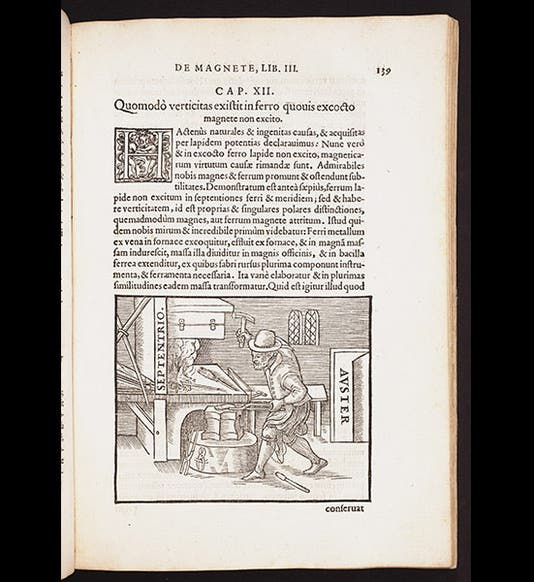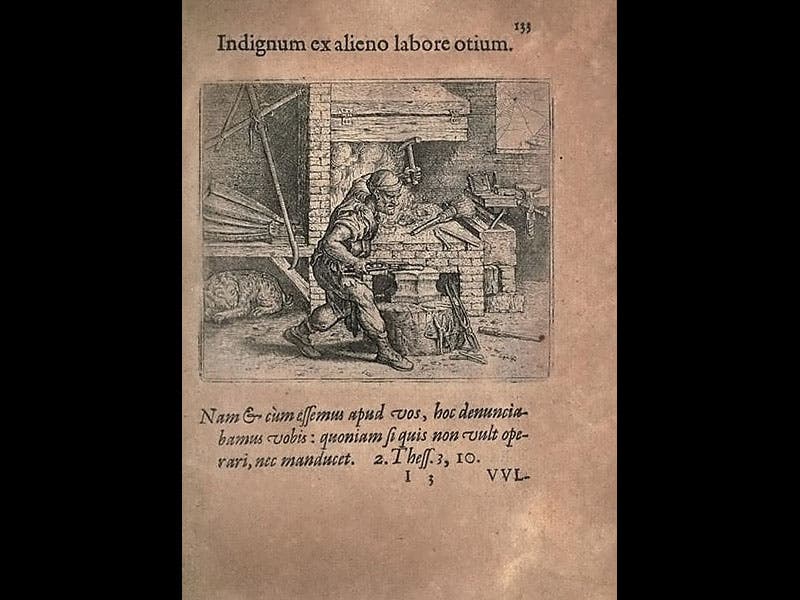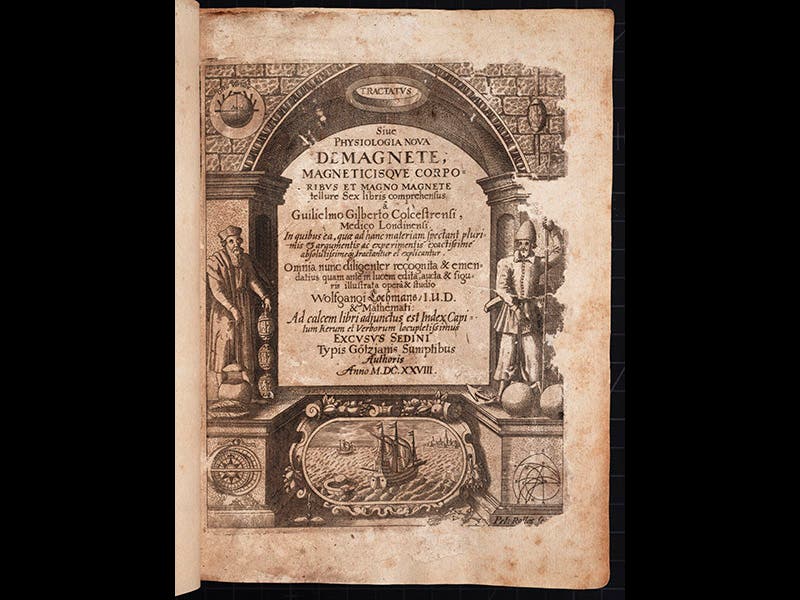Scientist of the Day - William Gilbert
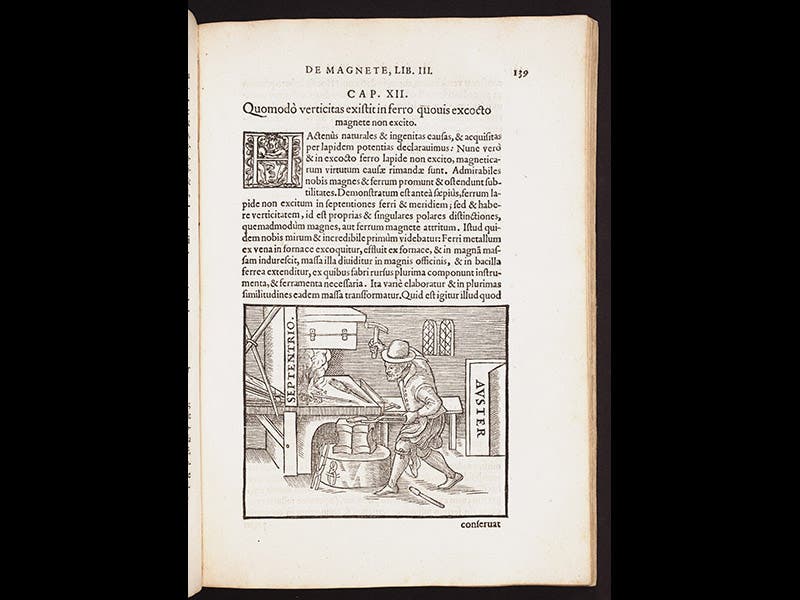
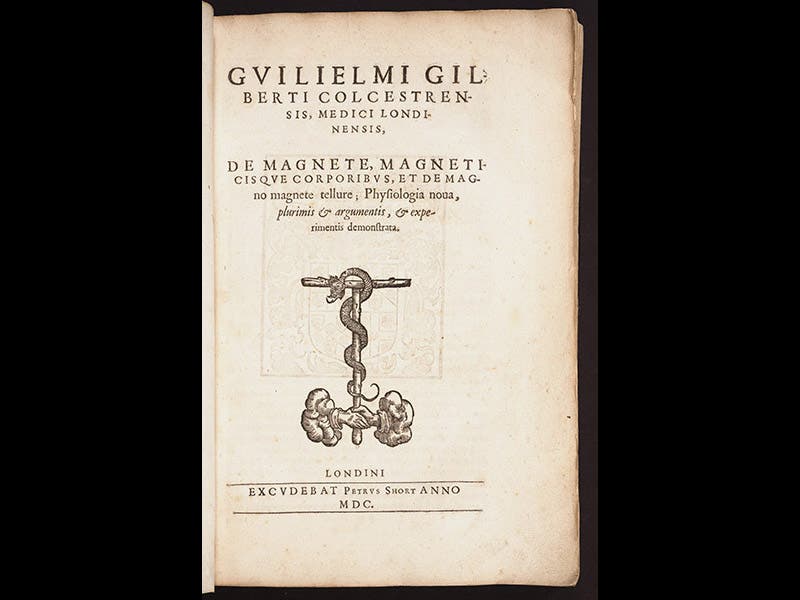
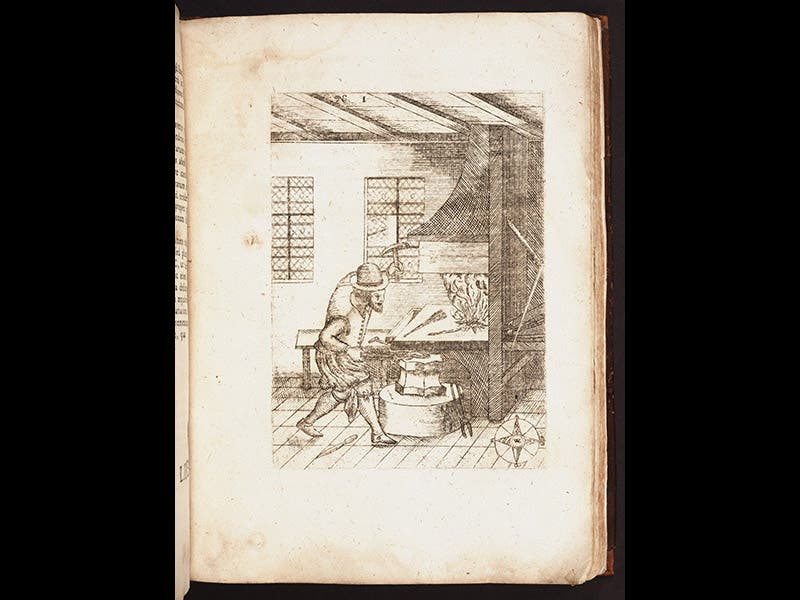
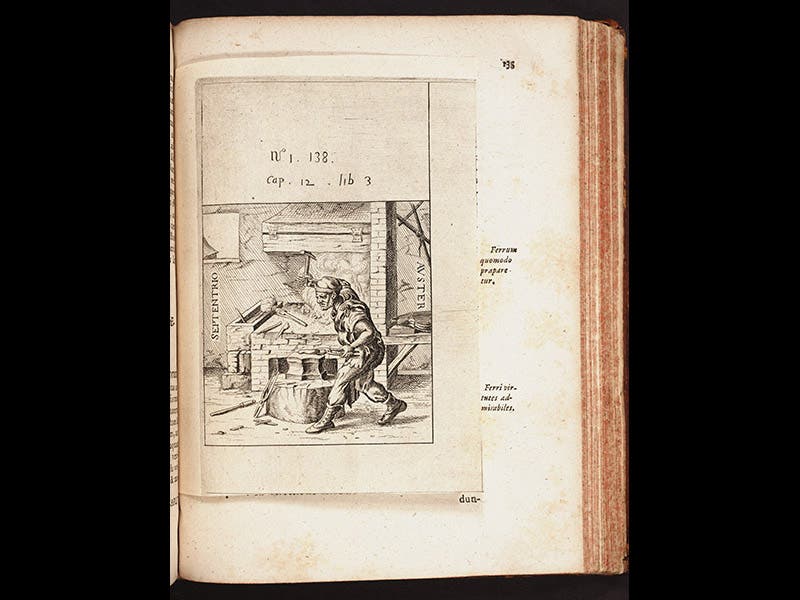
William Gilbert, an English physician, was born May 24, 1544. Although he rose to become physician-in-ordinary (chief physician) to the court of Elizabeth I, Gilbert is best remembered for his book, De magnete (On the magnet), published in 1600. Magnetism was a well-known phenomenon in Gilbert’s day--the West had had the compass for over 300 years--but little understood as a science, when Gilbert took up his studies. Gilbert is often considered the father of experimental science, because nearly every statement in his book was based upon personal observation and experimentation. It was Gilbert, for example, who first proposed that the Earth itself is a magnet, and that a compass needle does not point to Polaris, the north star, but rather to the north pole of the magnetic earth. But Gilbert was a speculative experimentalist—he thought that magnetic spirit constituted the soul of the Earth and provided the impetus for the earth to rotate. Gilbert is often called a Copernican, but he seems never to have discussed the possibility that the earth might orbit the sun--he publicly accepted only the daily rotation of the Earth.
The most often reproduced illustration in De magnete is "The Forger," showing a blacksmith pounding a bar of hot iron aligned with the earth's magnetic poles, which would magnetize the bar (first image). The forger is a rather refined, upper-middle class blacksmith in a rather tidy smithy. Oddly, as the book went through later editions, the blacksmith underwent a social regression. It is not so noticeable in the second edition, published in Stettin in 1628 (third image), but it certainly is by the third edition of 1633, also published in Stettin (fourth image), where the blacksmith has exchanged his fedora for a do-rag and has acquired a dog, making him resemble the forger in the Aesopian fable, "The blacksmith and the dog." Which, it turns out, is exactly where Gilbert's woodcut originated, from an etching in a 1579 edition of Aesop's fables (fifth image). Why it was cleaned up for the first edition, and allowed to relapse for the second and third, is a mystery. It is a mostly unnoticed reversion, since very few libraries have all three early editions of Gilbert's book. We are pleased to be in that small number.
The title page of the first edition of De magnete is plain letterpress (second image), but the second edition added an engraved title page, and supposedly, that is William Gilbert himself, standing at the left, holding a string of three lodestones (sixth image).
Dr. William B. Ashworth, Jr., Consultant for the History of Science, Linda Hall Library and Associate Professor, Department of History, University of Missouri-Kansas City. Comments or corrections are welcome; please direct to ashworthw@umkc.edu.

